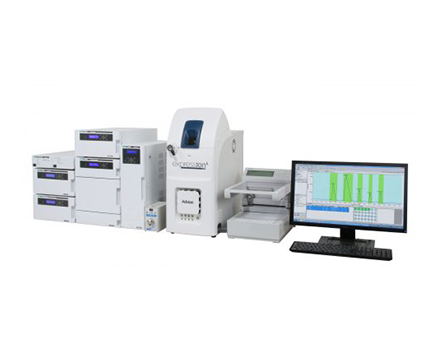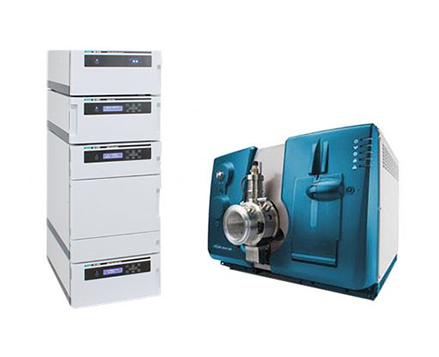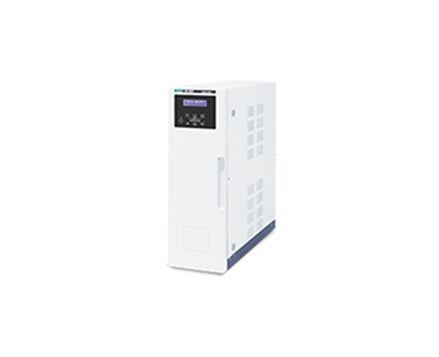Analysis of Dabsyl Amino Acids using HPLC
January 5, 2024
Introduction
The pre-column derivatization using HPLC for amino acids analysis has prevailed as a simultaneous separation method of multiple components using a selective, high-sensitivity detector and a reversed phase column.
Many results of amino acids analysis using dabsyl chloride (4-(Dimethylamino)azobenzene-4’-sulfonyl chloride:DABS-Cl) as a reagent for pre-column derivatization have been reported because the amino acids derivatized by dabsyl chloride are more stable than those by other derivatization agents. Also a simply a UV/VIS detector can be used with high sensitivity. Here the standard mixture of amino acids was measured by the system using dabsyl chloride.
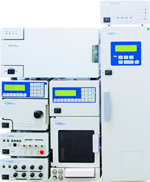
Experimental
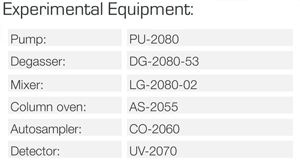
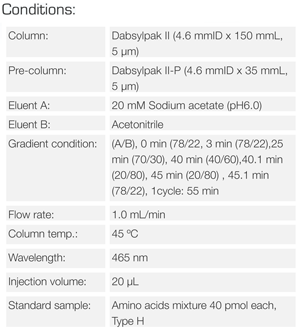
Keywords
430022H
Results
Figure 1 shows the chromatogram of standard mixture of amino acids. 17 kinds of amino acids were separated in 45 minutes.

Advantages of Dabsylation
- By using the kit (DAB Label), the procedure of intricate preparation of derivatization can be avoided.
- Amino acid composition of 0.5 µg of proteins or peptides can analyzed with good accuracy and reproducibility.
- 17 kinds of the derivatized amino acids can be separated within 45 minutes.
- The derivatized amino acids are very stable. (for one month at room temperature)
- The derivatized amino acids can be detected by visible light at 465 nm, which allows high-sensitivity analysis without the interference from other components having UV absorption.
DABS-Cl reacts with α-amino groups, ε-amino groups, phenolic hydroxyl groups and imidazole groups.
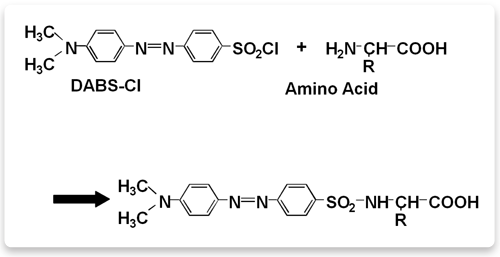
Featured Products:

Analysis of Dabsyl Amino Acids using HPLC
Introduction
The pre-column derivatization using HPLC for amino acids analysis has prevailed as a simultaneous separation method of multiple components using a selective, high-sensitivity detector and a reversed phase column.
Many results of amino acids analysis using dabsyl chloride (4-(Dimethylamino)azobenzene-4’-sulfonyl chloride:DABS-Cl) as a reagent for pre-column derivatization have been reported because the amino acids derivatized by dabsyl chloride are more stable than those by other derivatization agents. Also a simply a UV/VIS detector can be used with high sensitivity. Here the standard mixture of amino acids was measured by the system using dabsyl chloride.

Experimental


Keywords
430022H
Results
Figure 1 shows the chromatogram of standard mixture of amino acids. 17 kinds of amino acids were separated in 45 minutes.

Advantages of Dabsylation
- By using the kit (DAB Label), the procedure of intricate preparation of derivatization can be avoided.
- Amino acid composition of 0.5 µg of proteins or peptides can analyzed with good accuracy and reproducibility.
- 17 kinds of the derivatized amino acids can be separated within 45 minutes.
- The derivatized amino acids are very stable. (for one month at room temperature)
- The derivatized amino acids can be detected by visible light at 465 nm, which allows high-sensitivity analysis without the interference from other components having UV absorption.
DABS-Cl reacts with α-amino groups, ε-amino groups, phenolic hydroxyl groups and imidazole groups.


 Download This Application
Download This Application